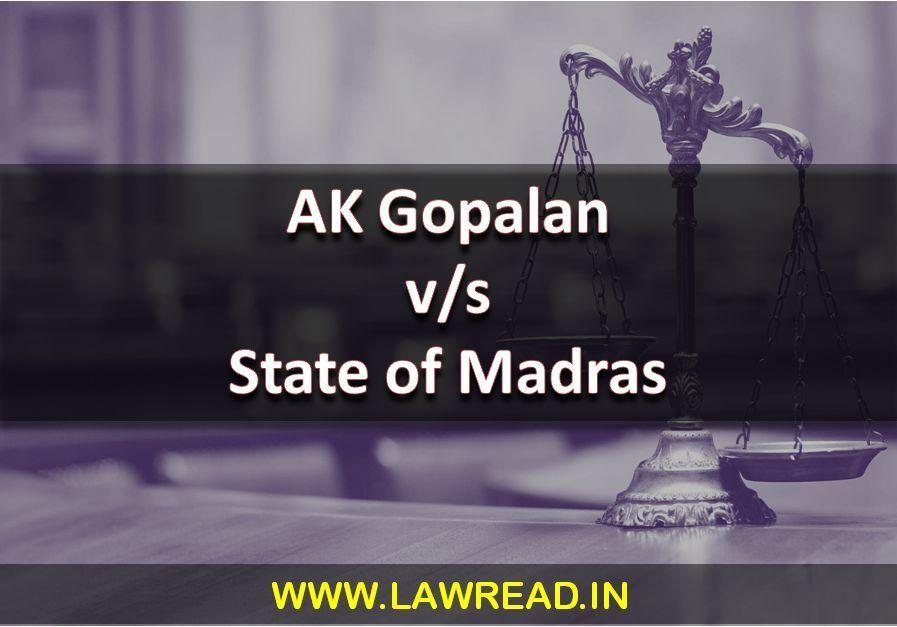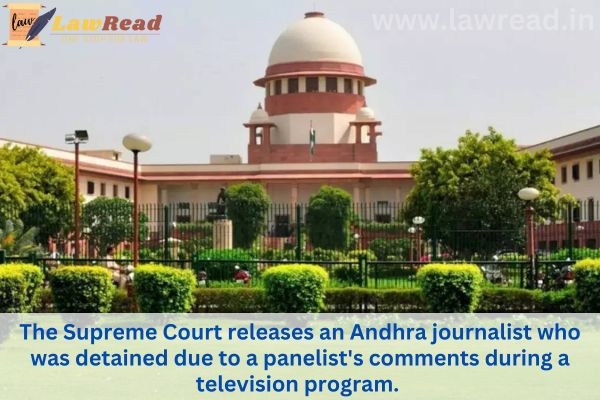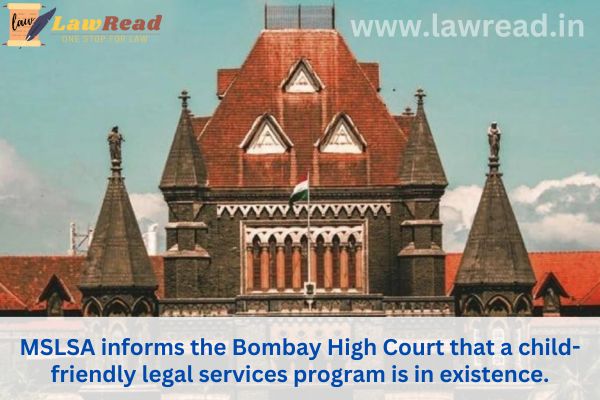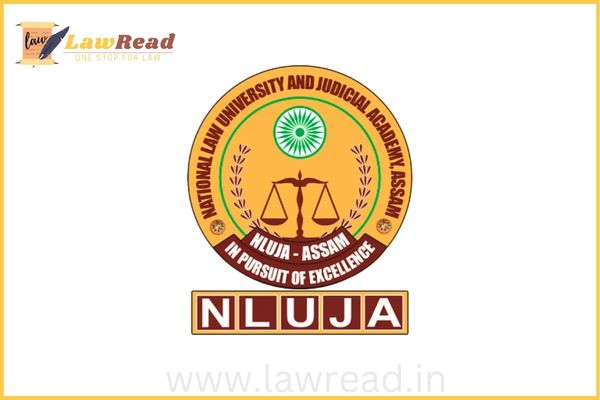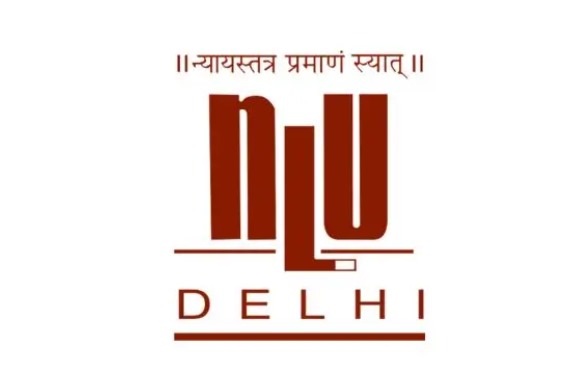Landmark Judgement
Aruna Ramchandra Shanbaug v. Union of India (2011)
.jpg)
Title of the case:- Aruna Ramchandra Shanbaug v. Union of India (2011)
Citation: (2011) 4 SCC 454
Court: Supreme Court of India
Bench: Markandey Katju, Gyan Sudha Misra
Petitioner: Aruna Ramchandra Shanbaug
Respondent: Union of India
INTRODUCTION:
The Constitution of India under Article 21 grants the Right to Life to all its citizens. The right to life is considered to be a fundamental right then why can't the right to die be also included in its reach? This is an everlasting issue to debate on. The concept of Euthanasia is very popular in western countries unlike in India.
In this case, Aruna Ramchandra Shanbaug v/s Union of India, the Supreme Court of India was approached under Article 32 of the Indian Constitution to take permission for the termination of the life of Aruna Ramchandra Shanbaug as she was in a Permanent Vegetative State (PVS). Ms Pinki Virani filed the petition claiming to be the next kin of the petitioner. In former cases, the court clearly denied the Right to Die and legally there were no Fundamental Rights being violated which would enable the petitioner to approach the court under Article 32. Having said that, the Supreme Court of India took notice of the seriousness of the issue involved and the allied public interest in deciding the legality of Euthanasia and accepted the petition.
FACTS OF THE CASE:
Aruna Ramchandra Shanbaug, the petitioner used to be a Nurse at King Edward Memorial Hospital, Parel, Mumbai. On 27 November 1973 in the evening she was attacked by a sweeper of the same hospital. He wrapped her neck with a dog chain and yanked her back with it. Then he tried to rape her but on finding out that she was menstruating, he sodomized her. He twisted that dog chain around her neck so hard to block her movements and stop her from creating any chaos. The next day, a cleaner found her unconsciously lying on the floor with blood all over. His brain got damaged because the supply of oxygen to the brain stopped due to the strangulation by the chain. This incident caused permanent damage to her brain to leg her Permanent Vegetative State (PVS).
Later on, Pinki Virani, an activist-journalist filed a petition in the Supreme Court under Article 32 of the Constitution of India claiming that there is zero chance for her to revive again and get better. Hence, the court should allow her to go with Passive Euthanasia. She should be freed from her pain and agony.
The respondent, KEM Hospital and Bombay Municipal Corporation filed a counter-petition, leading to a rise in the discrepancies between both the parties. So the Supreme Court-appointed a team of 3 prominent doctors for the investigation and provide a report of the exact mental and physical condition of Aruna Ramchandra Shanbaug. As per the orders, the doctors completely examined her full medical history and put forward that her brain is not dead. They said that she had her own way of grabbing things and reacting to various situations. Furthermore, Aruna's body language didn't show any sign of unwillingness to live. The nursing staff of the hospital did not show any carelessness towards her. They were taking proper care of her. Thus, the doctors believed that in this case, Euthanasia was not essential. She stayed in that condition for approx 42 years and then died in 2015.
ISSUES:
1. Article 21 of the Constitution includes the Right to Die as well or not?
2. When a person is in a permanent vegetative state (PVS), should termination of life-sustaining therapies be permissible or `not unlawful’?
3. If the patient has previously expressed a wish not to have life-sustaining treatments in case of futile care or a PVS, should his/ her wishes be respected when the situation arises?
4. In case a person has not previously expressed such a wish if his family or next of kin makes a request to withhold or withdraw futile life-sustaining treatments, should their wishes be respected?
5. The difference between Passive Euthanasia and Active Euthanasia.
JUDGEMENT:
The Hon'ble Division Bench of the Supreme Court of India consisting of Justice Markandey Katju and Justice Gyan Sudha Mishra delivered their judgement on 7th March 2011. The Bench was of the opinion that according to doctors' reports and the meaning of "Brain Dead" as explained under the Transplantation of Human Organs Act, 1994, Aruna was clearly not brain dead. She could breathe on her own without a helping machine or ventilator and also vital improvements were seen. She had feelings and sentiments used to show some symptoms. Despite being in the state of Preventive Vegetative State (PVS), her condition was steady and stable. So the reasons presented were not sufficient to end her life. Hence, the court rejected the petition stating to terminate her life. Further, the court while addressing this case believed that staff of the KEM hospital would be considered next to the kin of the patient rather than Pinki Virani. Thus, the right to take any such decision is with KEM hospital.
In the above case, she was surviving on food. Removal of life-saving techniques would in this matter mean depriving her of food and this is clearly not justified in Indian Law in any way. Although the Supreme Court allowed Passive Euthanasia in certain cases, the court decided the power to determine the termination of one's life would be subjected by High Court's approval following a due procedure in order to prevent the misuse of this provision.
The Supreme Court ordered that whenever any application will be filed in High Court for Passive Euthanasia, the Chief Justice of the High Court should constitute a Bench comprising at least two judges to decide whether termination of life should be granted or not. The Bench before delivering any judgement should evaluate the perspective of a team of three reputed doctors. These doctors should also be appointed by the Bench after having a discussion with the relevant medical practitioners. In addition to drafting this committee, it is the obligation of the court to issue a notice to the state, relatives, kins and friends and also give them a copy of the report made by the team of doctors. After hearing all the sides, the court should deliver the judgement. This procedure is to be followed in India everywhere until any legislation is passed on the given subject.
In the final decision of this case, considering all the important facts of the case, Aruna Ramchandra Shaunbaug was denied Euthanasia. Supreme Court also stated that if in the future, the hospital staff felt a need for the same, they could approach the High Court under the aforesaid rules.


